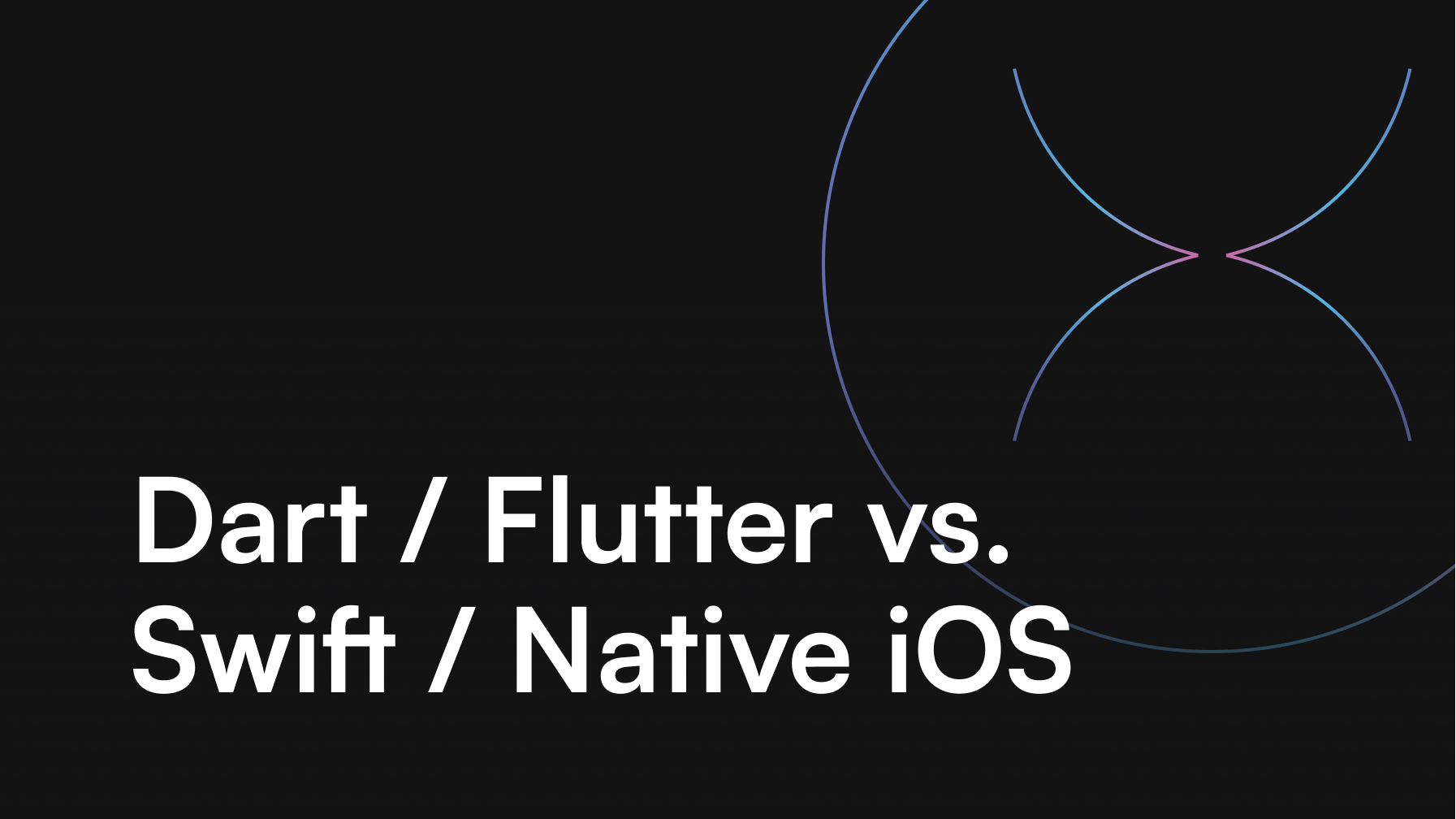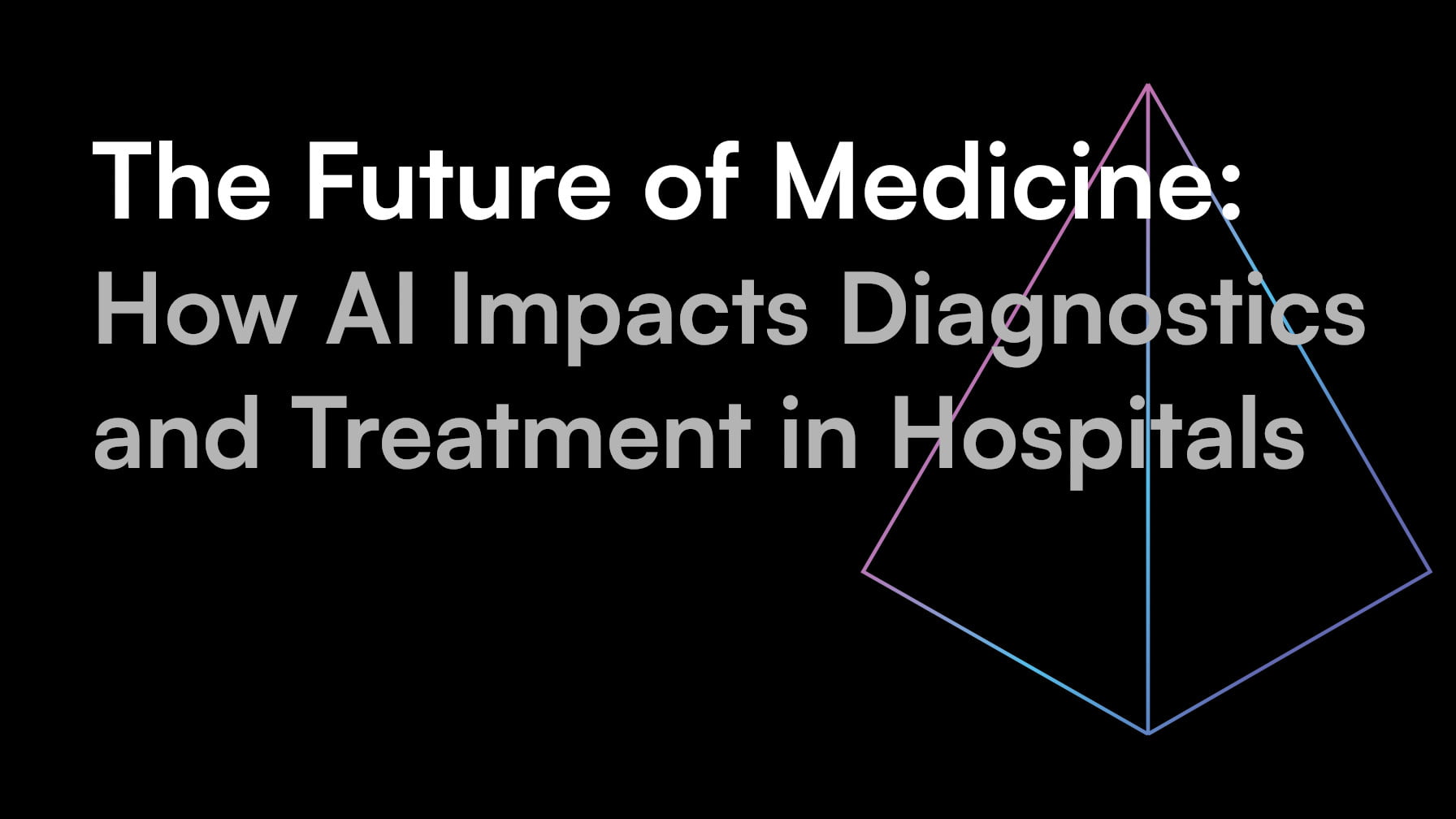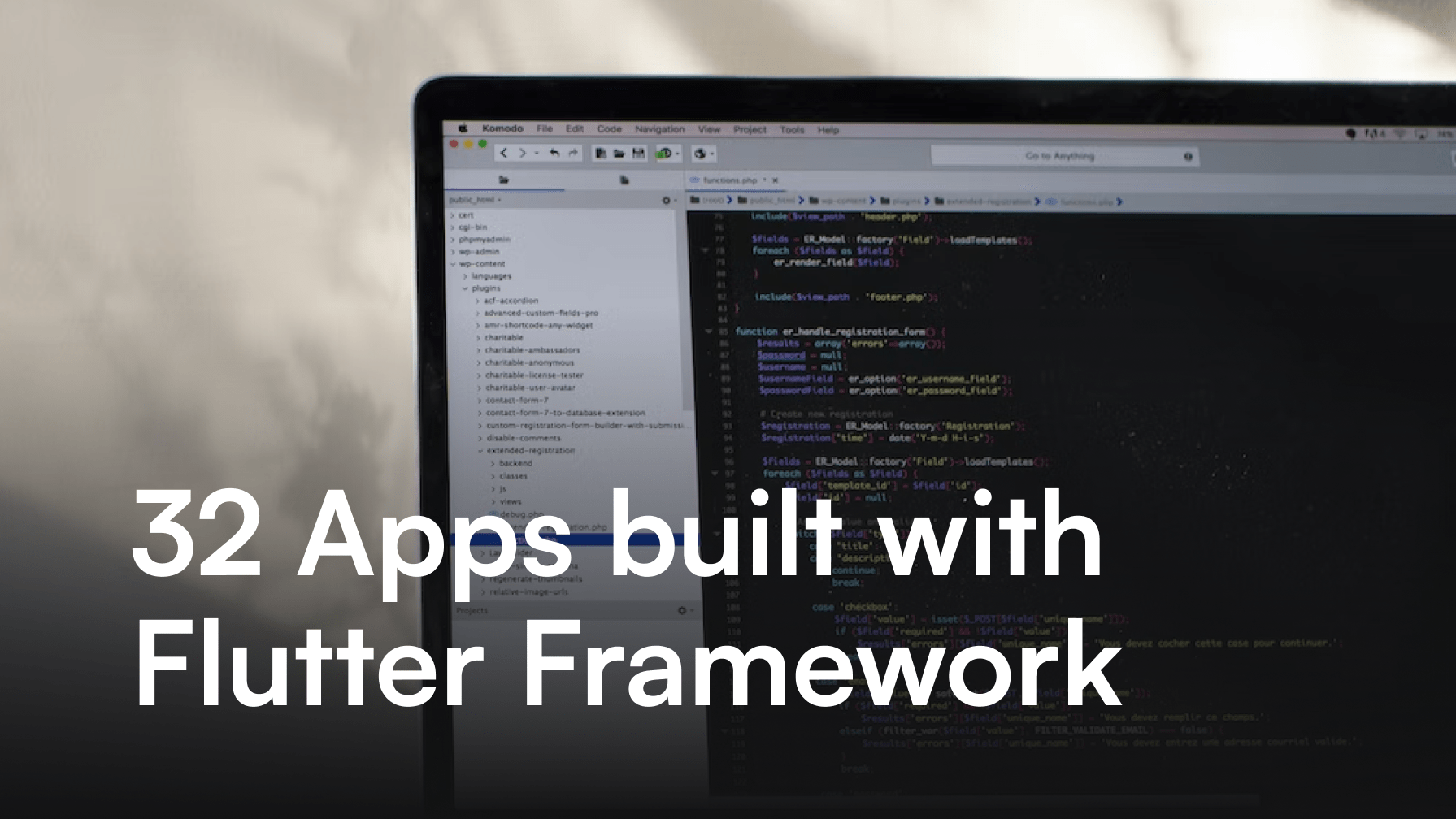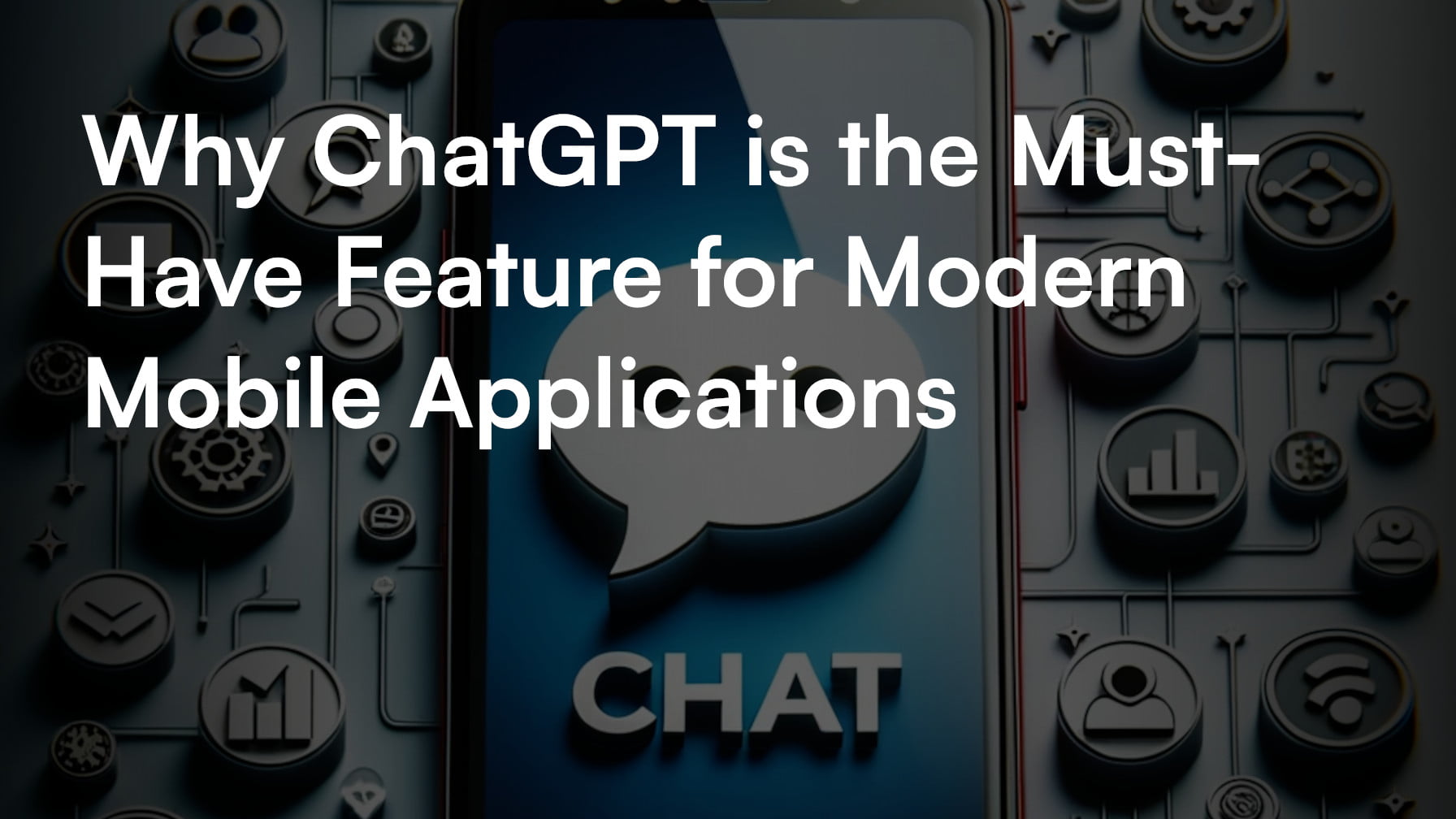How to use ChatGPT in HR?

Gareth Smith
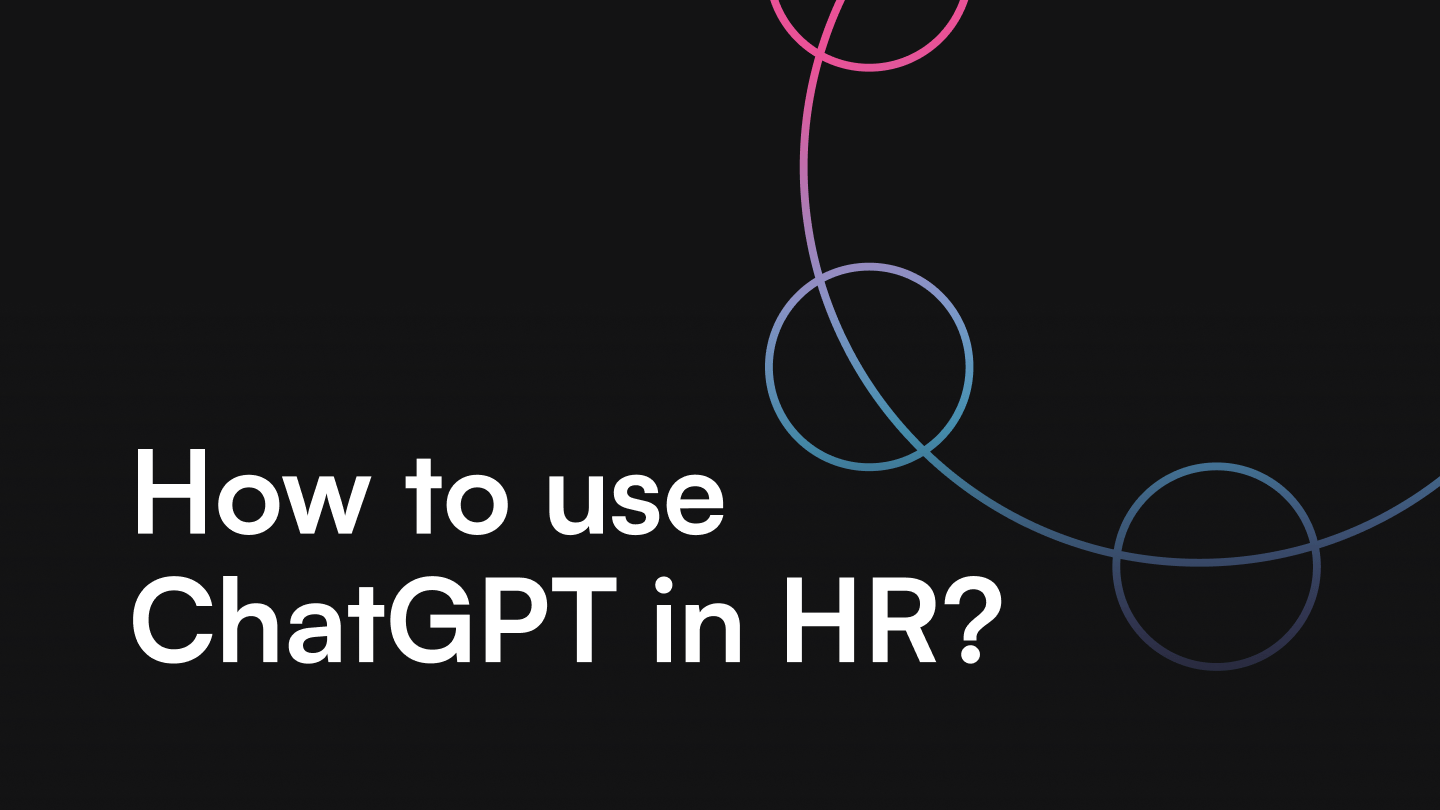
Integrating ChatGPT into custom software applications represents the future for HR departments because it offers real-time, scalable, and personalized assistance for a wide range of HR tasks, enhancing efficiency and employee experience.
Brief Overview of ChatGPT and Its Relevance in the HR Industry
In the rapidly evolving landscape of human resources (HR), the integration of artificial intelligence (AI) is no longer just a futuristic concept but a present reality. At the forefront of this technological revolution is ChatGPT, a state-of-the-art language processing AI developed by OpenAI. ChatGPT, with its advanced natural language processing capabilities, has the power to understand, interpret, and generate human-like text, making it an invaluable tool in the domain of HR. This technology is not just about automating tasks; it’s about enhancing the human aspect of HR by providing more accurate, efficient, and personalized experiences. From recruitment and talent acquisition to employee engagement and training, ChatGPT is setting new standards in how HR operations can be optimized for both efficiency and effectiveness.

How ChatGPT Can Revolutionize HR Practices
Imagine an HR department where the bulk of administrative work is automated, where each employee receives personalized support, and where data-driven insights help shape strategic decisions. This is not just an aspiration; it’s a reality made possible by ChatGPT. By leveraging its ability to process and generate human-like text, HR professionals can transform various aspects of their work. Whether it’s crafting perfect job descriptions, facilitating seamless onboarding, providing instant policy information, or even conducting initial stages of interviews, ChatGPT can do it all, and more. As we dive deeper into this article, we will explore the myriad ways ChatGPT is not just supporting but revolutionizing HR practices, making it an indispensable ally in the pursuit of a more dynamic, responsive, and employee-centric HR landscape.
Understanding ChatGPT and Its Capabilities
At its core, ChatGPT is a marvel of artificial intelligence and machine learning, exemplifying the strides made in these fields over the past few years. Developed by OpenAI, ChatGPT is part of a new wave of AI models known as generative pre-trained transformers (GPT). These models are trained on vast amounts of text data, allowing them to generate coherent, contextually relevant, and often surprisingly insightful responses to user inputs. This capability stems from the model’s deep learning architecture, which consists of layers upon layers of neural networks, each learning to identify and predict patterns in data.
One of the most striking aspects of ChatGPT is its natural language processing (NLP) abilities. NLP is a branch of AI that focuses on the interaction between computers and human language. What sets ChatGPT apart is its ability to understand and generate text that is not just grammatically correct but also contextually appropriate and nuanced. This is achieved through its training, where it learns from a myriad of text samples, encompassing everything from casual conversations to formal documents. This diverse training enables ChatGPT to adapt its responses to suit various tones, styles, and content requirements.
The power of ChatGPT in the realm of HR lies in its ability to process and interpret large volumes of text quickly and accurately. Whether it’s analyzing resumes, drafting emails, or providing information on HR policies, ChatGPT can handle these tasks with a level of efficiency and precision that is challenging for human counterparts to match. Furthermore, its learning capabilities mean that it can continuously improve and adapt to the specific linguistic and operational nuances of an organization.
ChatGPT’s AI and machine learning foundation, combined with its advanced NLP abilities, make it a formidable tool in the HR toolkit. It’s not just about automating tasks; it’s about enhancing the quality and effectiveness of HR processes, leading to more informed decisions, better employee experiences, and ultimately, a more productive work environment.

6 positive impacts of a GPT-Powered HR Assistant on HR Departments
If you do not have the budget or see the need for a custom HR training application, at a minimum you should use ChatGPT or leverage generative artificial intelligence to perform repetitive tasks, identify trends, help create strategic activities for the sole purpose of saving time. The introduction of a GPT-powered HR Assistant can significantly enhance the efficiency and effectiveness of HR departments or specialists. This AI-driven tool offers several key benefits and is free to create. Let’s look at an example or two of how a GPT can help HR.

1. Reduced Administrative Burden
A GPT HR Assistant can automate routine tasks such as scheduling meetings, answering frequently asked questions, and processing paperwork. This reduction in administrative workload allows HR specialists to focus on more strategic and impactful aspects of their role, such as employee development and policy formulation.
Input/Request: “Compile and send out weekly HR updates to all employees, including policy changes, upcoming events, and general reminders.”
2. Personalized Employee Assistance
The AI assistant can provide personalized support to employees, addressing their queries and concerns in real-time. This not only improves employee satisfaction but also relieves HR specialists from handling a high volume of individual queries, freeing up their time for more complex tasks.
Input/Request: “Generate personalized responses to employee inquiries about their health insurance benefits and vacation policy based on their individual employment contracts.”
3. Data-Driven Decision Making
With its advanced data processing capabilities, the GPT HR Assistant can analyze employee feedback, engagement levels, and other HR metrics designed for improving employee engagement and the overall employee experience. This provides HR specialists with valuable insights for informed decision-making, policy adjustments, and strategy development.
Input/Request: “Analyze recent employee surveys data to identify key areas of improvement and present findings in a summarized report.”
4. Training and Development
The AI assistant can assist the HR departments in the delivery of training programs. It can identify training needs based on employee feedback, previous training data and performance metrics, helping create targeted development initiatives.
Input/Request: “Suggest a tailored training plan for the customer service team based on their recent performance reviews and customer satisfaction scores.”
5. Enhanced Compliance and Risk Management
By having up-to-date information on the latest regulations and policies, the GPT HR Assistant can aid in ensuring compliance. An example was the complex Data Protection Act in 2018 in Poland where complex changes to personal data protection and confidential information become a huge challenge for HR departments. It can alert HR specialists to any potential risks or non-compliance issues, thereby mitigating legal and other HR-related operational risks.
Input/Request: “Review the latest updates in employment law and update the company’s HR policies accordingly, ensuring full compliance.”
6. Streamlined Recruitment Process
In recruitment, the AI assistant can become a free, powerful tool for screening resumes, schedule interviews, and even assisting in initial candidate assessments, making the hiring process more efficient and effective. A simple task of creating interview questions is a great way to save time for the busy HR professional.
Input/Request: “Screen resumes for the software developer position, shortlist candidates based on predefined criteria, and create a list of 10 relevant interview questions.”
Develop a Custom HR Training Application powered by ChatGPT
While ChatGPT is a powerful tool for automating and enhancing HR interactions, gaining company-wide buy-in for its standalone use can be challenging due to concerns about integration with existing systems, data security, and the need for a more comprehensive solution. However, when ChatGPT is integrated into a robust HR tool, it can transform HR operations. Such a tool, powered by ChatGPT, not only automates routine HR tasks but also personalizes employee experiences, making HR interactions more efficient and effective. This approach ensures a seamless blend of AI innovation with practical, everyday HR functionalities, addressing broader organizational needs and easing adoption across different company levels.

Developing a custom digital product for training and onboarding offers numerous advantages:
Tailored Learning Experience: A custom digital training tool can adapt to the individual learning styles and paces of employees. By analyzing user responses and progress, the system can modify the training content, making it more relevant and effective for each employee.
Scalability and Efficiency: With the ability to cater to a large number of employees simultaneously, such a system removes the limitations of physical training sessions. It ensures that all employees, regardless of their location, receive standardized and consistent training.
Cost-Effectiveness: Over the long term, digital training tools are more economical compared to traditional methods. They eliminate costs related to hiring trainers, renting spaces, and producing physical materials.
Interactive and Engaging: Using AI-generated avatars or interactive elements, these tools make training more engaging. This approach can lead to better retention of information and a more enjoyable learning experience.
Consistent and Updated Content: The digital platform allows for easy updates of training materials. As industry standards and company policies evolve, the content can be updated in real-time, ensuring that employees always have access to the latest information.
Data-Driven Insights: These tools often include analytics capabilities, providing valuable insights into employee progress, strengths, and areas needing improvement. This data can be used to continuously refine the training process.
Eco-Friendly and Accessible: Digital training minimizes the need for paper and physical resources, aligning with eco-friendly initiatives. Additionally, it can be designed to be accessible to employees with diverse needs and abilities.
Integrating ChatGPT for automating and personalizing the onboarding process, combined with a custom digital training product, can significantly enhance the effectiveness and efficiency of HR teams with employee onboarding and training. This approach not only benefits the new hires but also aligns with the operational goals and values of the organization.
How to use ChatGPT in Recruitment and Talent Acquisition
In the realm of recruitment and talent acquisition, ChatGPT emerges as a game-changer, addressing some of the most time-consuming and critical tasks with remarkable efficiency. Its application in this area is multifaceted, impacting various stages of the recruitment process.
Creating Job Descriptions: The process of crafting a job description is foundational in attracting the right candidates. ChatGPT, with its advanced language capabilities, can assist HR professionals in creating clear, concise, and attractive job descriptions. By inputting basic information about the job role, desired skills, and company culture, HR personnel can leverage ChatGPT to generate a well-structured and engaging job description. This not only saves time but also ensures that the language used is inclusive and appealing to a diverse candidate pool.
Screening Resumes: One of the most arduous tasks in recruitment is sifting through hundreds, sometimes thousands, of resumes to identify suitable candidates. ChatGPT can streamline this process by quickly analyzing resumes against job descriptions and shortlisting candidates who best match the criteria. This AI-driven approach minimizes the risk of human bias and fatigue, leading to a more fair and efficient selection process.
Initial Candidate Communication: The initial communication with candidates is crucial in setting the tone for their recruitment experience. ChatGPT can assist in managing this communication, from acknowledging receipt of applications to answering frequently asked questions about the role or the company. Its ability to provide prompt, consistent, and personalized responses enhances candidate experience, reflecting positively on the company’s employer brand.
The potential benefits of integrating ChatGPT into recruitment and talent acquisition are substantial. The most obvious is time-saving; automating tasks like job description creation and resume screening frees up HR professionals to focus on more strategic aspects of their role. Additionally, the quality of candidates improves as the AI-driven process ensures a more objective and comprehensive evaluation. Finally, improved candidate engagement through timely and informative communication fosters a positive perception of the company, crucial in today’s competitive job market.
How to use ChatGPT in Employee Onboarding and Training
According to Gallup surveys, only 12 per cent of employees strongly agree that their organization does a great job of onboarding new employees. While it is a repetitive task for HR departments, onboarding and training are crucial phases in integrating new employees into an organization, from answering questions to providing up-to-date information about the organization. The incorporation of ChatGPT, a sophisticated AI language model, can significantly transform these processes, making them both automated and personalized, enhancing the employee experience.
Automating Administrative Tasks: ChatGPT can handle a range of administrative functions, from generating welcome emails and essential documents to crafting personalized onboarding schedules and answering employee questions. This automation reduces the workload on HR teams, allowing them to focus on more strategic activities.
Personalized Interaction: ChatGPT can offer a conversational interface for new hires, answering their queries in real time. Whether it’s about company policies, job responsibilities, or team structures, ChatGPT can provide accurate, tailored information, making the onboarding experience more engaging and less daunting for new employees.
Training Support: In training modules, HR teams can use ChatGPT to assist in creating interactive content. It can generate quizzes, FAQs, and scenario-based exercises that are aligned with the learning objectives of the new hires, ensuring a more engaging and effective training experience.

How to use ChatGPT to Enhance Employee Engagement and Feedback
Enhancing employee engagement and feedback is crucial in today’s dynamic workplace environment. With the integration of ChatGPT’s advanced analysis capabilities, the process of understanding and acting upon employee feedback has been significantly transformed. ChatGPT can adeptly handle large volumes of text-based feedback, efficiently identifying core themes, sentiments, and emerging patterns. This in-depth analysis equips HR and management teams with vital, actionable insights, enabling them to make informed decisions and foster a more engaging and responsive workplace culture. This approach not only streamlines feedback analysis but also ensures that employee voices are heard and valued and employee questions are answered, contributing to a more inclusive and dynamic organizational environment. Here’s how ChatGPT has become a necessary tool for HR professionals.
Regular Check-Ins: ChatGPT can be programmed to conduct regular employee check-ins, providing a platform for employees to voice their concerns, share achievements, or discuss challenges. By automating this process, ChatGPT ensures consistent and frequent communication, which is crucial for maintaining employee engagement and morale.
Conducting Employee Surveys: ChatGPT can also be utilized to create and distribute customized surveys and feedback forms. Its ability to generate contextually relevant questions can lead to more meaningful responses. Furthermore, it can send out these surveys at optimal times, increasing response rates and ensuring that the feedback is current and reflective of the employees’ sentiments.
Identifying Trends and Issues: Through its analysis, ChatGPT can help identify emerging trends within the organization, such as areas of employee satisfaction or common concerns. It can also flag issues that require immediate attention, enabling proactive measures.
Tailoring Solutions and Strategies: Based on the insights derived, organizations can tailor their employee engagement strategies and solutions. For instance, if the feedback indicates a need for better work-life balance, policies can be adjusted accordingly. ChatGPT can even suggest potential solutions based on its analysis.
Continuous Improvement: Regular analysis of employee feedback through ChatGPT allows for continuous monitoring and improvement of workplace practices. This ongoing process helps in creating a dynamic and responsive work environment that adapts to the evolving needs of the employees.
These HR-related issues can be solved by integrating ChatGPT into the HR-tasks of employee check-ins, surveys, and feedback collection. It not only streamlines these activities but also provides a depth of analysis that can drive significant improvements in employee engagement and satisfaction. By leveraging the power of AI for these essential HR tasks, organizations can foster a more engaged, productive, and happy workforce.
How to use ChatGPT for Policy and Compliance Assistance
In today’s dynamic corporate environment, staying updated with HR policies, compliance requirements, and company standards is crucial for both employers and employees. ChatGPT can play a significant role in disseminating this information efficiently and accurately.
Instant Access to Policy Information: ChatGPT can be utilized to provide instant access to detailed HR policy documents. Employees can query the AI about specific policies like leave entitlements, work-from-home guidelines, or expense reimbursement procedures and receive immediate, accurate responses.
Compliance Requirements Clarification: ChatGPT can assist in clarifying compliance-related queries. Whether it’s about understanding data protection practices or workplace safety standards, the AI can offer concise explanations, ensuring employees are well-informed about their obligations and rights.
Regular Updates and Reminders: The AI can be programmed to send out regular updates on policy changes or reminders about compliance deadlines, such as mandatory training or certification renewals. This proactive approach ensures that employees are always aware of the latest requirements.
Examples of Automated Responses to Common HR-Related Queries
- Query on Leave Policy:
Employee: “How many annual leave days am I entitled to?”
ChatGPT: “Based on our company’s policies and considering your position and tenure with us, you are entitled to 25 annual leave days…”

- Query on Expense Reimbursements:
Employee: “What is the process for submitting travel expense claims?”
ChatGPT: “To submit travel expense claims…”

- Query on Remote Work Guidelines:
Employee: “What are the guidelines for working remotely?”
ChatGPT: “Your role is eligible for remote work. Please adhere to these key guidelines…”

- Query on Compliance Training:
Employee: “When is the next compliance training session scheduled?”
ChatGPT: “The next compliance training session is scheduled for March 15th, from 9:00am to 12:00pm…”

By providing these automated responses, ChatGPT not only streamlines the process of obtaining information but also ensures that the responses are consistent, accurate, and in line with current company policies and standards. This capability significantly enhances the efficiency of HR departments and contributes to a well-informed and compliant workforce.
Challenges and Considerations
In integrating ChatGPT into HR processes, several critical challenges and considerations emerge. Paramount among these is ensuring data privacy. HR departments handle sensitive personal information, and it’s vital to establish robust data protection measures to safeguard this data from potential breaches. Additionally, ethical concerns around the use of AI in HR cannot be overlooked. There’s a risk of inherent biases in AI algorithms, which could lead to unfair or discriminatory practices if not properly managed. Therefore, it’s essential to incorporate ethical guidelines and regular audits to ensure AI-driven processes remain fair and transparent. Moreover, the importance of human oversight in an AI-enhanced HR environment is fundamental. While ChatGPT can streamline operations and provide analytical insights, it lacks the emotional intelligence and ethical reasoning inherent to human HR professionals. Balancing AI efficiency with the human touch is crucial; AI should be seen as a tool to assist, not replace, human judgment and empathy in HR. This balance is key to maintaining the integrity and effectiveness of HR practices, fostering a workplace environment that values both technological advancement and human-centric approaches.
Will ChatGPT replace HR specialists?
The advent of ChatGPT in the HR landscape marks a significant shift towards technology-driven processes, yet it unequivocally will not lead to the replacement of HR specialists. In fact, HR professionals adept at utilizing ChatGPT will become increasingly valuable. These specialists bridge the gap between advanced AI capabilities and the nuanced human aspects of HR. They possess the unique ability to interpret and apply AI-generated insights in a way that respects the complex, often subtle, dynamics of human interactions and organizational cultures. As ChatGPT streamlines administrative tasks and data analysis, HR professionals can focus more on strategic initiatives and personal interactions, areas where human judgment and empathy are irreplaceable. This synergy of AI and human expertise creates a more dynamic, responsive, and effective HR function. Organizations that recognize and invest in HR specialists skilled in leveraging ChatGPT will be at the forefront, harnessing the full potential of AI while maintaining the essential human touch that underpins all successful HR endeavors.
Future of ChatGPT in HR
As we look towards the future of ChatGPT in HR, it’s clear that AI technologies are set to play an increasingly pivotal role. The evolution of AI in HR points towards more sophisticated, intuitive systems capable of handling complex tasks with greater precision and efficiency. This evolution is not just about automating routine tasks but also about enhancing decision-making processes and providing deeper insights into workforce management. HR professionals can expect AI tools like ChatGPT to become more adept at interpreting nuanced employee feedback, predicting workforce trends, and even assisting in complex areas such as conflict resolution and career development planning. The future holds a vision where ChatGPT acts as a vital cog in the HR machinery, offering solutions that are both data-driven and empathetically attuned to the human aspect of the organization.
Staying Ahead: Embracing AI in HR
For HR professionals, staying informed about these advancements is crucial. The rapidly changing landscape of AI in HR requires a proactive approach to learning and adaptation. HR specialists should consider not just the integration of AI technologies like ChatGPT but also continuous education on their evolving capabilities. This includes understanding the ethical implications, data privacy concerns, and the potential impact on workplace culture. By embracing these technologies, HR professionals can enhance their strategic value within organizations, moving beyond administrative roles to become key players in shaping the future of the workplace. Keeping pace with AI advancements ensures that HR departments remain relevant, agile, and equipped to handle the challenges of a modern, dynamic workforce.
Charting a New Course with AI in HR
Looking forward, the integration of AI like ChatGPT in HR is more than an operational shift; it’s a strategic move towards a more informed, efficient, and empathetic approach to human resources management. The potential of AI to transform HR practices is immense, offering opportunities for personalized employee experiences, predictive analytics for talent management, and automated yet personalized training programs. The future of HR lies in harnessing the power of AI to complement human skills, creating a synergistic relationship where technology and human insight work in unison to foster a productive, engaged, and satisfied workforce. For HR professionals, the call to action is clear: embrace AI, adapt to its evolving role, and be at the forefront of this exciting journey towards a new era in human resources.
Why itCraft should be your partner for your next tool for HR
To HR specialists and decision-makers, the call to action is clear: delve into the possibilities that ChatGPT and similar AI technologies offer. Whether it’s streamlining your recruitment processes, enhancing employee training, or providing data-driven insights for strategic decision-making, the opportunities are vast and varied.
However, navigating the world of AI can be daunting, and this is where itCraft steps in as your trusted partner. With a strong ethos of ethically leveraging technology and a mission to drive real business improvement through user-friendly, world-class software solutions, itCraft is the ideal ally in your journey towards integrating ChatGPT in your HR practices. Whether you need consultancy on using ChatGPT effectively or require a custom piece of software powered by ChatGPT, itCraft’s expertise in digital transformation and adoption, coupled with their focus on delivering high business value and efficient budget use, positions them uniquely to assist you.
Embrace the future, explore the potential of ChatGPT in your HR operations, and let itCraft guide you through this transformative journey. The future of HR is here, and it’s time to be a part of it. Reach out to itCraft, and take the first step towards revolutionizing your HR practices with the power of AI.
Get in contact at hello@itcraftapps.com to discuss how ChatGPT can help your HR department.


